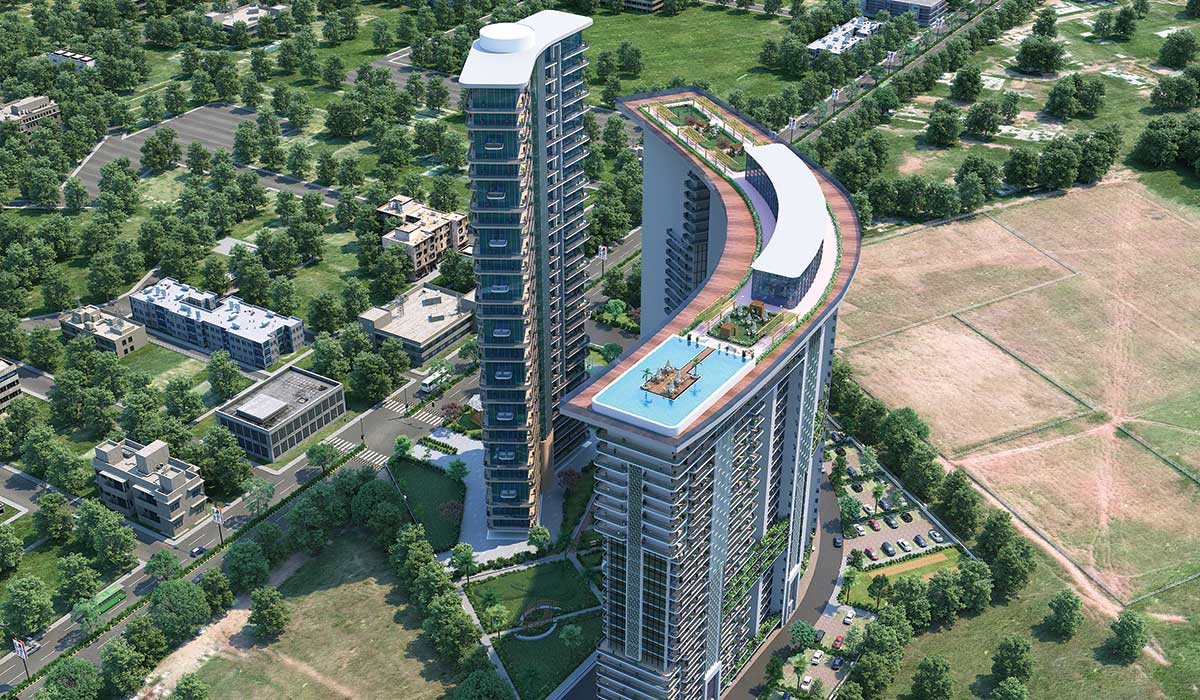
Globally, the Covid-19 pandemic has caused the environment to change, and people are recognizing the importance of healthy spaces for living and working. Way back in 1929, the Paimio Sanatorium in Finland was designed by husband-and-wife duo Alvar and Aino Aalto to help patients recover. It may seem obvious to hospital architects today, but during an era when tuberculosis had no cure, a well-designed environment was a primary treatment. Doctors prescribed bed rest, clean air, a healthy diet, and sunshine, in which architecture of the building played a crucial role.
As architects, we need to rethink our design concepts and make them more environmentally friendly and sustainable. When architects, engineers, and contractors specify materials and systems, they can simplify operations and reduce maintenance requirements. The materials and design adopted can serve to reduce energy and water usage onsite, reduce use of harmful chemicals, save costs, and lower a building’s lifetime expenses.

One of the developments we are witnessing is our architectural consciousness; and sustainability is no longer just a catchphrase.
In recent years, we’ve witnessed houses being turned into schools, playgrounds being converted into health treatment centers, and so on. As our relationship with our living spaces expands and grows, defining their usage and usefulness will become more flexible to accommodate various functions. With homes becoming places for working and learning, it will be critical to achieve a balance between privacy and company.
There is a growing consciousness of what constitutes an environmentally friendly structure, which includes a material palette that uses local resources and has fewer shipping and energy expenses. There is a considerable number of redevelopment projects, wherein waste materials from the sites are being recycled and reused.
As architects, consultants, and interior designers, we should all be committed towards developing ecologically sustainable projects at a reasonable cost.
People are looking for buildings that are both environmentally friendly and sustainable, and which also incorporate cutting-edge technology. Steel is set to become a defining feature of Indian architecture, especially in the current rapid-construction technologies being used. Steel is a cost-effective, sustainable material, which is being used in a substantial number of small and medium-scale structures.
Architects are increasingly incorporating anti-microbial materials in their designs to create a virus-free environment. We now have bacteria-free bricks, cement, concrete, and other lightweight materials that can regenerate when damaged, allowing people to live more sustainably. There is also a revolution happening in textures and designs, for example, glass panes are fluted, tiles are haptic, and wallpaper designs are three-dimensional.
Environmental consequences such as global warming, resource depletion, and toxicity can be mitigated by using sustainable materials. Besides being less expensive, they have positive health and environmental benefits.















